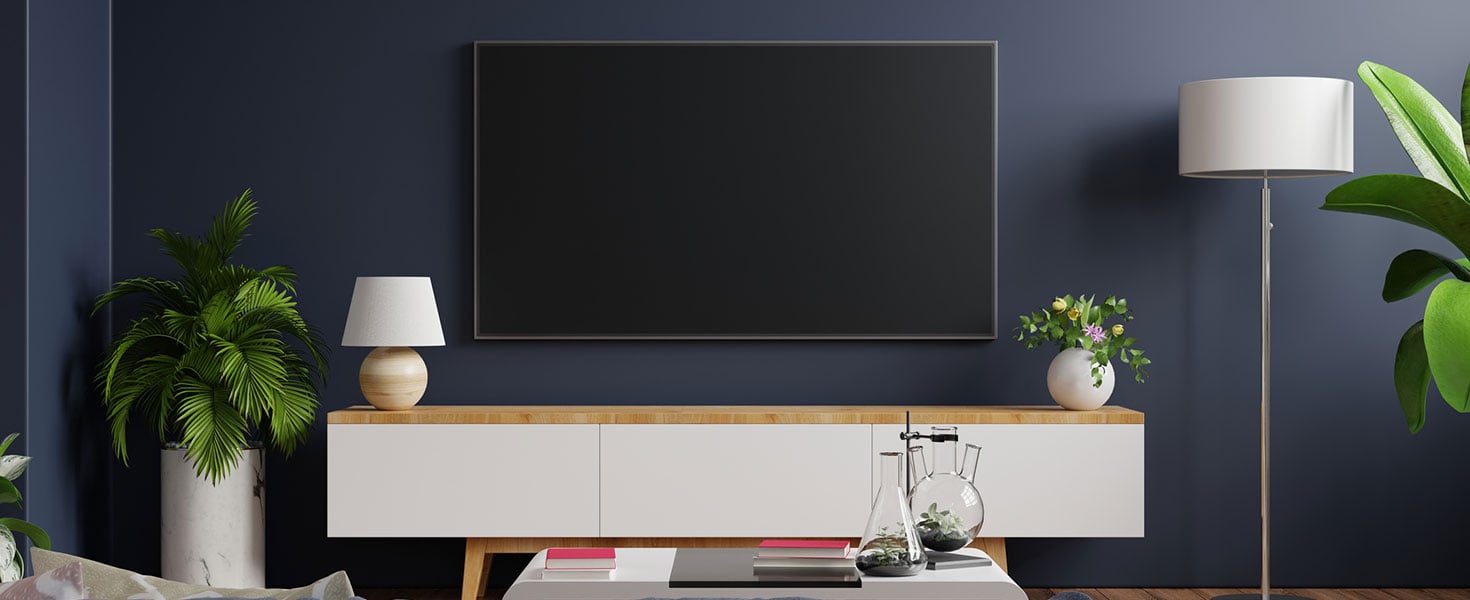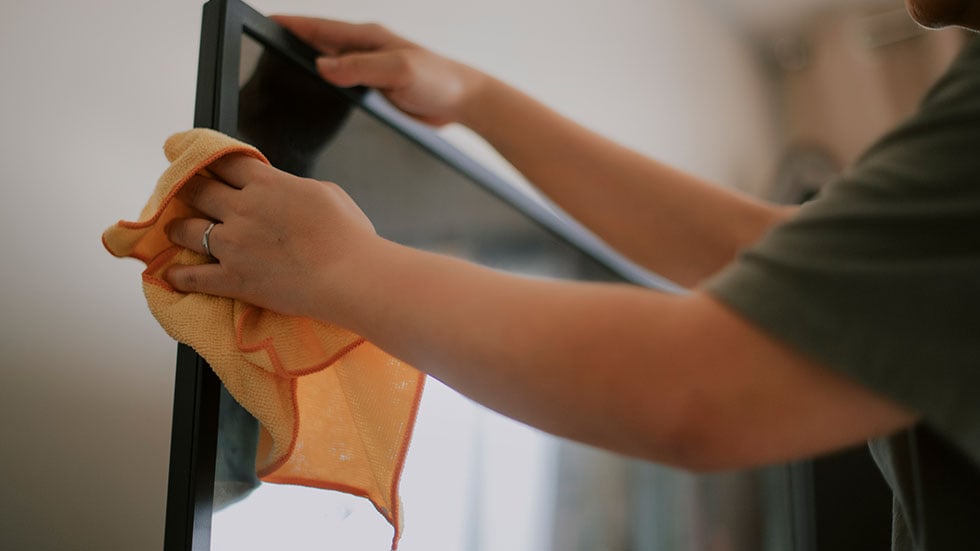

On average, Americans check their phones about once every 10 minutes, according to Asurion, a tech care company. In between, they stare at a tablet or a computer or TV screen.
All that swiping, tapping and typing turns a phone screen into a swirl of smudges. Soon you’ll feel like you’re Face-timing in a fog. While you might not touch your TV or computer, they still collect dust and grime.
Cleaning a screen is a delicate task, but it can be easy if you follow these tips.

POWER DOWN
Samsung, the maker of electronics, recommends turning off devices and TVs and disconnecting the power before cleaning. Now you can reach all the crannies without causing harm.
Once the electronic device is cool to the touch, collect your tools.
USE A SPECIALTY CLOTH OR MICROFIBER CLOTH
Your cleaning cloth matters. While a tissue or paper towel might seem soft, they can both scratch the oleophobic coatings that protect phones and tablets from your fingers’ natural oils.
Instead, experts recommend a microfiber cloth—which is excellent for cleaning just about anything in the house.
As the name implies, this specialty cloth is made with microscopic polyester and nylon fibers narrower than a hair strand. A dry cloth can lift dirt, dust, and even bacteria.
Our instinct is to wipe in a circular motion. But that can lead to unwanted pressure that could cause harm. No one wants dead pixels. Instead, use a series of light Z motions, which won’t leave streaks. (Bob Villa recommends the movement for windows.)
If you still have a stubborn food stain or sticky spot, read on.

DAMPEN THE CLOTH
After removing the dust with the method above, reach for distilled water, according to Samsung. So why not turn on the faucet? Tap water contains minerals and contaminants that can leave stains.
All-purpose cleaners or glass cleaners are also no-nos.
Lightly dampen the cloth with the distilled water and wring it tightly to remove excess water. Do not spray any liquid on the screen. It could cause an issue if it seeps inside.
DRY THE SCREEN
To avoid streaks, use a fresh microfiber cloth to dry the device.
REACH CRANNIES WITH COMPRESSED AIR
This tool is a must for computer keyboards, but it’s also a handy cleaner for the hard-to-reach places on phones, such as speakers, according to Kim Komando of the Kim Komando Show, which covers digital technology.

TV TIPS
Your TV deserves special consideration. As Consumer Reports notes, there are LCD (LED) and OLED TVs. There are also plasma sets and tube TVs, which started becoming as obsolete as pagers in 2008.
Older TVs—think vintage—have glass screens that can handle a little window cleaner, the magazine reports. Treat all the other types like your phone.
DISINFECT THE DEVICE
By now, we all know the value of disinfectants, and your screen is covered with germs and bacteria. Indeed, most phones are ten times dirtier than a toilet seat, according to research by the University of Arizona.
Disinfecting your device is as easy as applying 70% rubbing alcohol to a microfiber cloth and gently applying it to the screen. Or purchase a UV sanitizer that uses ultraviolet light to zap germs. Some are sized just for phones; others can handle an iPad or two.
Now that your phone or tablet is clean and sanitary, keep it in your pocket or purse when you’re out in public. Not only will the practice protect it from germs, but you’ll also reduce the risk of getting new spaghetti splatters on your shiny screen.
